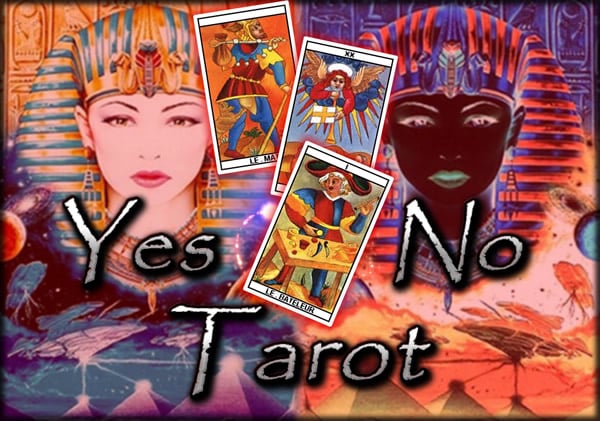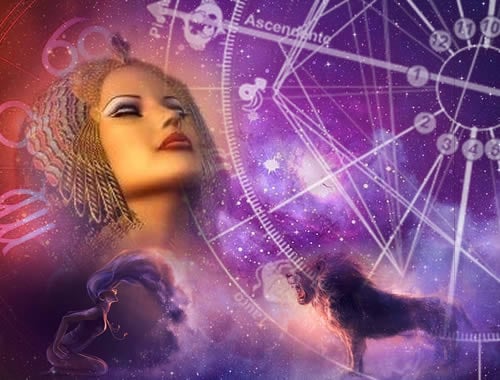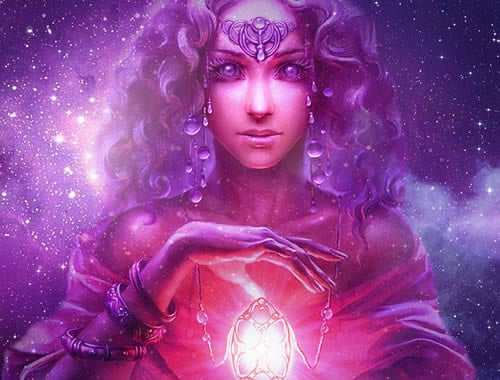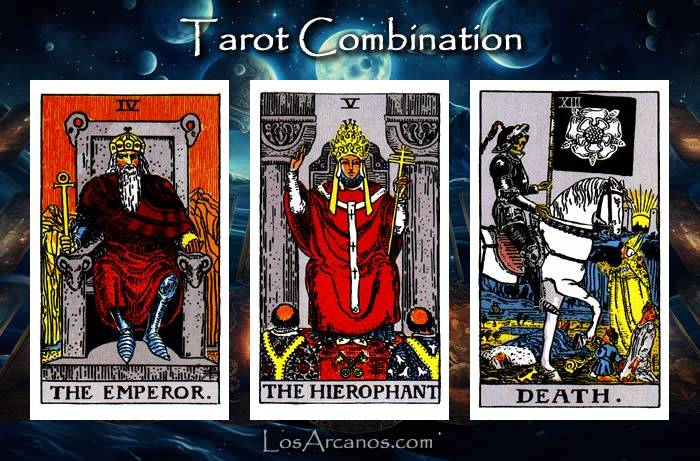
Combination THE EMPEROR, THE HIEROPHANT and TRANSFORMATION
Three-Card Tarot in Combination
Empowering Change through Tradition: Emperor, Hierophant, and Transformation
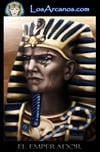
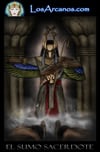
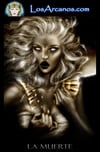
The Emperor stands as a symbol of authority, structure, and a fatherly figure. His presence in a Tarot spread suggests the manifestation of power, established order, and leadership. As one of the Major Arcana cards, The Emperor exudes discipline and control, often representing the structures and strategic thinking needed to achieve success. His energy speaks of creating rules, setting boundaries, and taking charge of a situation with confidence and command.
Key Concepts: Authority, structure, leadership, father figure, control, discipline, order, stability.
The Hierophant is the embodiment of conventional wisdom and societal norms. This card signifies a connection to tradition and a deep respect for the established societal or spiritual order. It points towards education, tradition, and institutions that are pillars of society. In a Tarot reading, The Hierophant may indicate seeking or offering guidance within a structured set of beliefs or practices. It underscores the importance of cultural heritage and the transmission of spiritual or communal knowledge.
Key Concepts: Tradition, conformity, education, spiritual wisdom, institutions, cultural heritage, guidance.
Commonly referred to in many Tarot decks as the Death card, Transformation is about endings and beginnings, the transition from one phase to another. Though often feared or misunderstood, this card does not typically represent physical demise. Instead, it represents the inevitability of change and the need for letting go of the past to make way for new opportunities and growth. It is a potent symbol of metamorphosis, signifying necessary and sometimes radical shifts for progression in life.
Key Concepts: Endings, beginnings, transition, change, metamorphosis, renewal, letting go.
When The Emperor, The Hierophant, and Transformation appear together in a spread, the message is one of significant transitioning within the context of structure and tradition. The Emperor's influence suggests that change will come from a place of authority or will require a managerial approach, while The Hierophant's presence indicates that this change may involve established institutions, traditional values, or education.
This combination of cards can signal that the querent may be restructuring their life in an authoritative manner, possibly taking on a leadership role within an organization or community. They are urged to consider the traditions and structures they are part of and how these may either facilitate or hinder the process of transformation. It may be time to overthrow outdated systems (The Emperor) and examine deeply held beliefs (The Hierophant) in order to embrace the upcoming changes (Transformation).
This triad of cards can also suggest the challenge of innovating within an established order—the dance between maintaining the status quo and introducing necessary reform. It portrays the journey of forging a new path that is respectful of the past yet breaks away from it to create a new and more relevant future.
In personal growth, this trio may represent the querent's potential to grow into a role of authority by radically transforming their approach to life, guided by a refreshed understanding of tradition and conventional wisdom. It signifies the emergence of a new set of rules or a novel approach to leadership and responsibility borne from a period of profound change and introspection.

Other 3-Card Combinations:
THE EMPEROR

THE EMPEROR Combinations
Other 3-Card Combinations:
THE HIEROPHANT

THE HIEROPHANT Combinations
Other 3-Card Combinations:
TRANSFORMATION

TRANSFORMATION Combinations
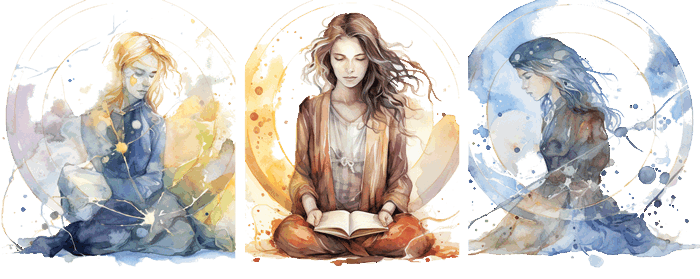
Other interesting 3-card combinations
THE FOOL, STRENGTH and TEMPERANCE
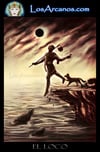
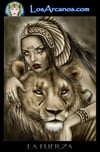
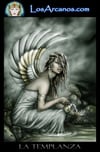
Journey of Growth: Embracing Change with Courage and Balanced Harmony
Show Combination
THE HIEROPHANT, TRANSFORMATION and THE WORLD


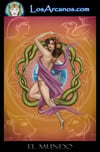
Guidance, Renewal, and Completion: Navigating Spiritual Evolution to Global Fulfillment
Show Combination
THE HIEROPHANT, THE LOVERS and THE TOWER

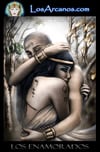
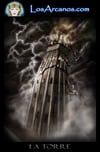
Guidance, Choices, and Sudden Shifts: Navigating Tradition, Relationships, and Transformation
Show Combination
THE EMPRESS, THE LOVERS and TEMPERANCE
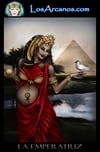


Harmonious Balance in Love and Abundance: The Empress, The Lovers, and Temperance Unite
Show Combination
THE CHARIOT, THE HANGED MAN and THE MOON
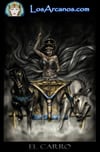
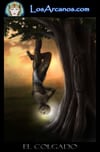
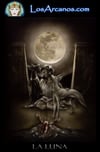
Embarking on a Journey: Control, Surrender, and Unveiling the Unconscious
Show Combination
Return to All Card Combinations

